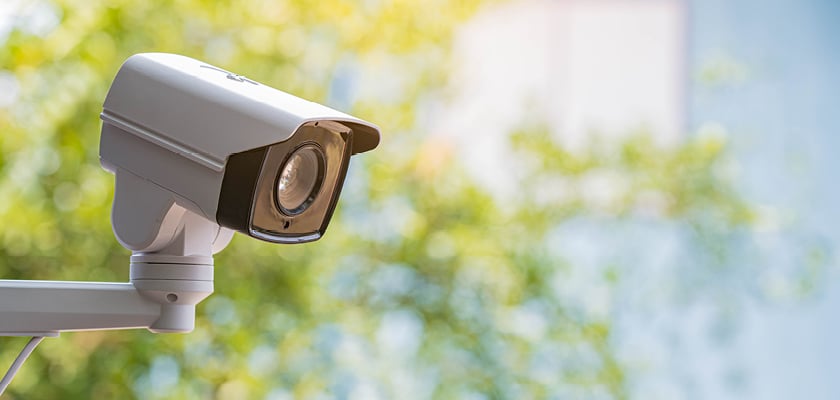Lessons from the Field: New Methods for Designing Effective Video Surveillance
Jul 22, 2022

One of the most challenging aspects of designing video surveillance systems is outfitting our clients with comprehensive coverage.
Over the past 10 years, as our team managed major airport, rail, multimodal transit, and tunnel security system projects in various metropolitan areas, we’ve also designed communications and security systems at transportation facilities, including upgraded intrusion detection systems, and data networks, with one overarching challenge in mind.
Every project entails individual Fields of View (FOV) with unique cameras and levels of pixilation. Every turnstile, gate, entryway, or platform has its own specific needs and criteria, which means individualized analysis for all camera locations.

Until recently, this meant that for each camera requested by our client, members of our project team would conduct hundreds of FOV surveys to determine what the installed cameras’ views would be. These analyses consisted of affixing a temporary camera, measuring the height, capturing digital images, documenting calculations, and replicating them in Computer Aided Design (CAD) to establish full surveillance coverage.
This tedious and inefficient process, which is part of a closed-circuit television (CCTV) design in the industry, takes lots of manpower for a result that often needs to be readjusted later during the construction phase.
There had to be a better way.

After exploring various types of software to aid in the design process, we found one that allowed us to tailor CCTV renderings to not only to include three-dimensional features, but it also gives us access to thousands of camera manufacturers and models, all within one program.
With this method, rather than conducting multiple FOV surveys at the same site after designs are adjusted, our team is now able to update the renderings and produce the most accurate camera view.
As designers, it affords our team the ability to capture the FOV more accurately and make adjustments in the design process: which means less time and fewer resources spent on gathering data and more time spent implementing the data for actionable designs.

After recently employing this software for a $40 million customer service initiative for a transit client, due to the tool’s efficacy, as well as the client’s satisfaction, this has now become the standard practice in our systems group.
We’re thrilled to have this tool in our firm’s arsenal to visualize what is desired by our clients and create what is required to implement it.